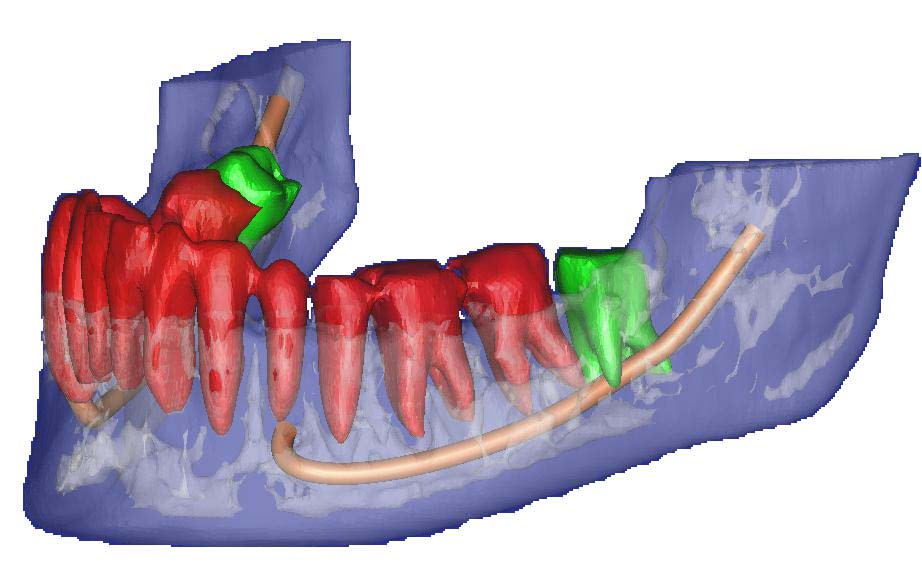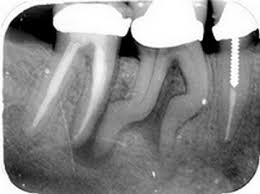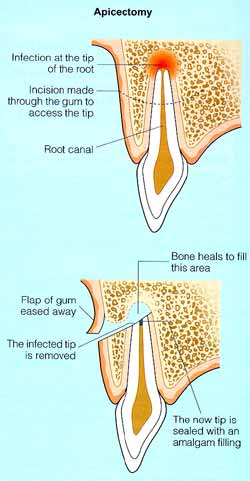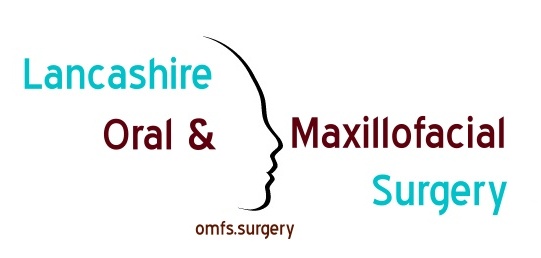Wisdom teeth (third molars)
 Wisdom
teeth are the last teeth to erupt within the mouth. When they
align properly, and gum tissue is healthy, wisdom teeth do not
have to be removed. Unfortunately, this does not generally happen.
The extraction of wisdom teeth is necessary when they are
prevented from properly erupting within the mouth. They may grow
sideways, partially emerge from the gum, even remain trapped
beneath the gum and bone. Impacted teeth can take many positions
in the bone as they attempt to find a pathway that will allow them
to erupt successfully.
Wisdom
teeth are the last teeth to erupt within the mouth. When they
align properly, and gum tissue is healthy, wisdom teeth do not
have to be removed. Unfortunately, this does not generally happen.
The extraction of wisdom teeth is necessary when they are
prevented from properly erupting within the mouth. They may grow
sideways, partially emerge from the gum, even remain trapped
beneath the gum and bone. Impacted teeth can take many positions
in the bone as they attempt to find a pathway that will allow them
to erupt successfully.
These poorly positioned impacted teeth can cause many problems. When they are partially erupted, the opening around the tooth allows bacteria to grow and will eventually cause an infection. The result - swelling, stiffness, pain and illness. The pressure from the erupting wisdom tooth may move other teeth and disrupt the orthodontic or natural alignment of teeth. The most serious problem occurs when tumors or cysts form around the impacted wisdom tooth, resulting in the destruction of the jaw bone and healthy teeth. Removal of the offending impacted tooth or teeth usually resolves these problems. Early removal of symptomatic teeth is recommended to avoid such future problems and to decrease the surgical risk involved with the procedure
 The
nerves that give sensation to the lower lip, chin and tongue run
in close proximity to the lower wisdom teeth and are at risk of
both temporary and permanent damage as a result of the procedure.
CT scanning may be helpful to delineate the anatomy more
accuratley allowing considertation to alternate options (e.g.
coronectomy) in suitable cases.
The
nerves that give sensation to the lower lip, chin and tongue run
in close proximity to the lower wisdom teeth and are at risk of
both temporary and permanent damage as a result of the procedure.
CT scanning may be helpful to delineate the anatomy more
accuratley allowing considertation to alternate options (e.g.
coronectomy) in suitable cases.
Buried and fractured teeth
 A
surgical approach to remove teeth may be required in several
scenarios including:
A
surgical approach to remove teeth may be required in several
scenarios including:
Tooth fractured at or below the gum level.
Retained fragments of roots following an incomplete extraction or trauma.
Impacted tooth fragments
Anatomical issues such as long roots, curved roots, proximity to the maxillary sinus or crowned and/or root filled teeth that have a high likelihood of fracture.
Fragile or cracked teeth.
Where there is associated pathology, e.g. cysts.
Apicectomy and jaw cysts

This is a surgical procedure to remove the tip of the root of a
dead tooth (with any associated infection or cyst) within the jaw
bone and any associated infection.
When a tooth is badly decayed, has a large filling or receives a
blow in an accident, the soft tissues within it (the pulp) may
die. This dead tissue must be removed to prevent infection and
this is usually undertaken by a procedure called root canal
treatment. Sometimes this treatment is unsuccessful, and the
infection persists at the tip of the root.
This may sometimes cause pain, but more often the infection will
spread and cause a small spot or gumboil next to the tooth. An
apicectomy is the operation designed to remove this infected part
of the root tip. Usually a small filling is also placed in the end
of the root to seal it. This operation is the "last attempt" to
save your tooth. It is successful in the majority of patients but
sometimes, despite our best efforts, the tooth may eventually be
lost.
